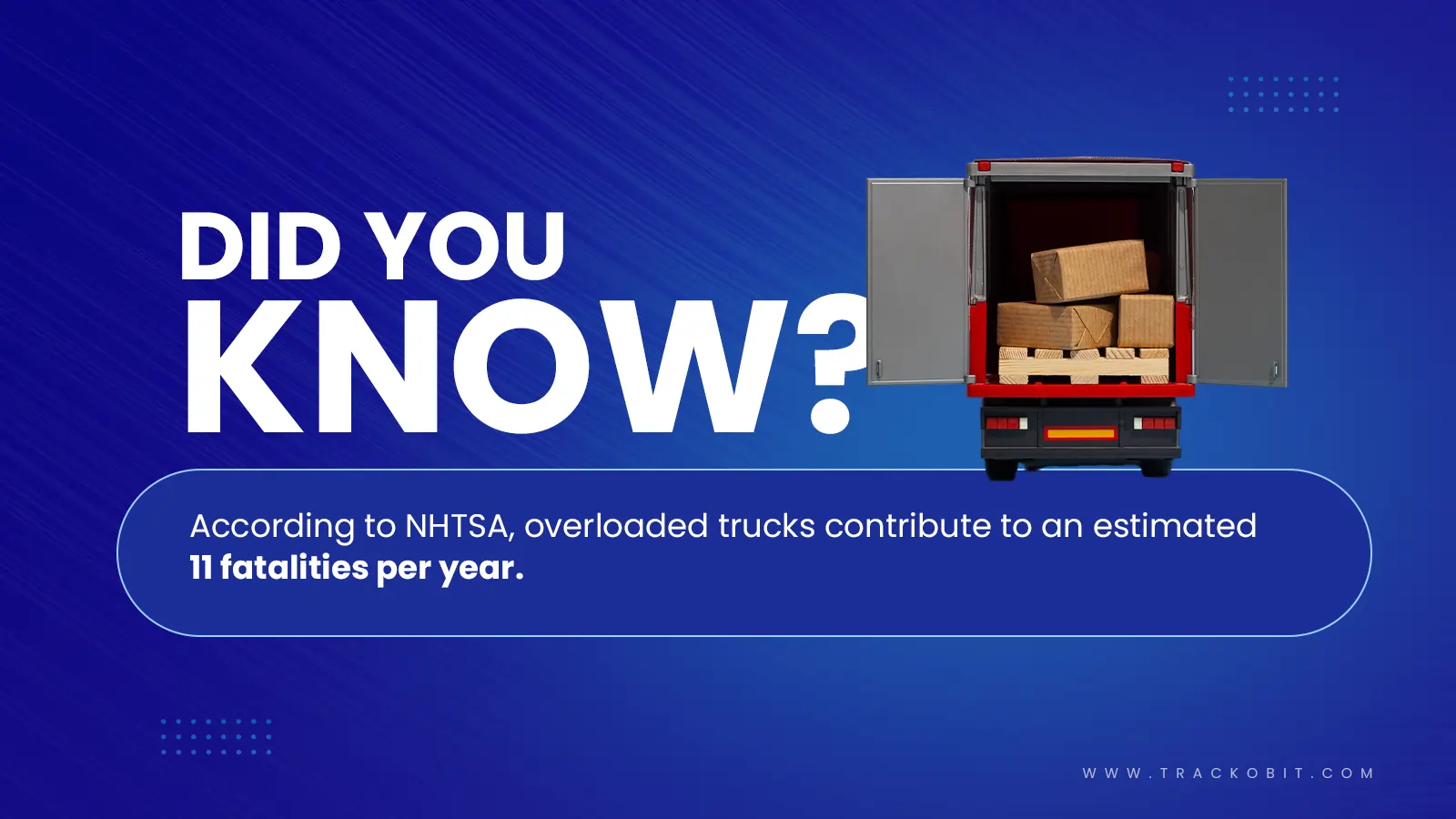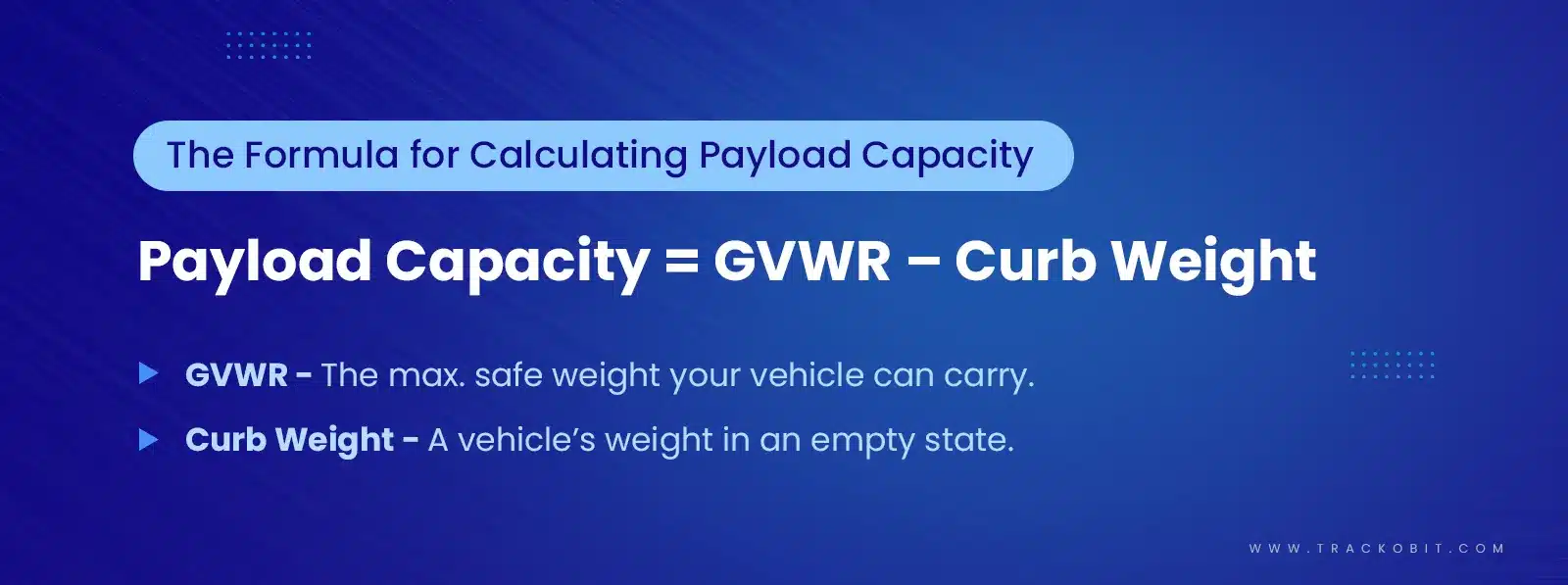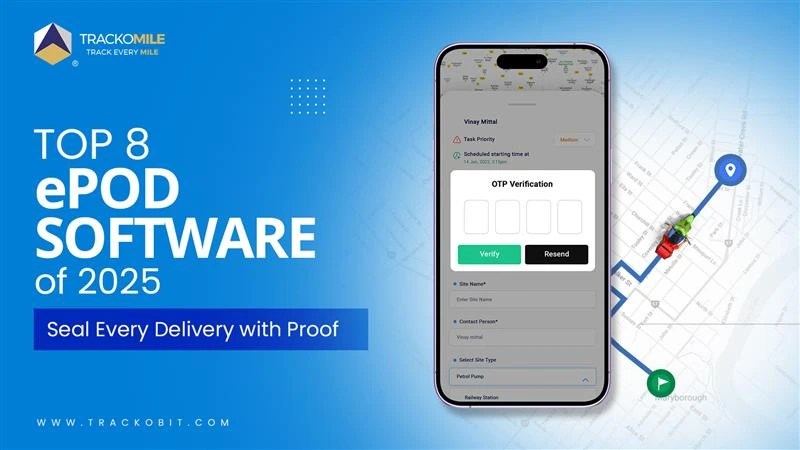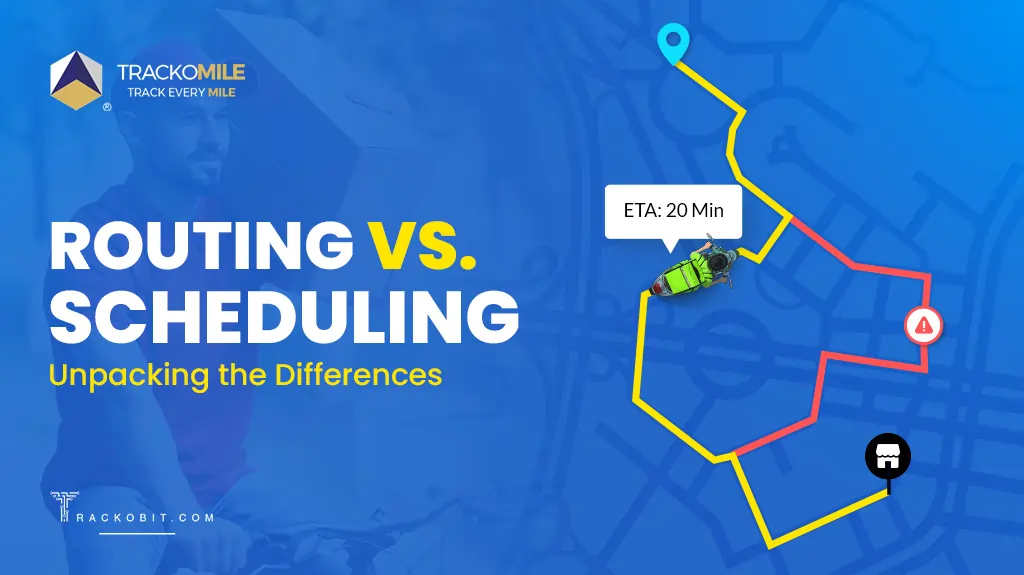-
TrackoBit
Manage commercial vehicles with the new-age Fleet Management Software
TrackoBit -
TrackoField
Streamline your scattered workforce with Field Force Management Software
TrackoField -
Features Resources
-
Blog
Carefully curated articles to update you on industrial trends. -
White Paper
Insightful papers and analysis on essential subject matters. -
Glossary
Explore an alphabetical list of relevant industry terms. -
What’s New
Get TrackoBit & TrackoField monthly updates here. -
Case Study
Explore the cases we solved with our diverse solutions. -
Comparisons
Compare platforms, features, and pricing to find your best fit.
-
About Us
Get to know TrackoBit: our team, ethos, values, and vision. -
Careers
Join the most dynamic cult of coders, creatives and changemakers. -
Tech Support
Learn about our technical support team and services in detail. -
Events
Check out the exhibitions where we left our marks and conquered. -
Contact Us
Connect with us and let us know how we can be of service.
What is Payload Capacity? Payload Capacity Vs. Towing Capacity
- Author:Tithi Agarwal
- Read Time:7 min
- Published:
- Last Update: January 8, 2025
Table of Contents
Toggle
Payload capacity is the total weight a vehicle can safely carry, and it is crucial for safety and compliance. Exceeding it impacts vehicle performance, causes legal issues & increases maintenance costs.
Table of Contents
Toggle
Every fleet operator wants to maximize load volumes — the more goods you haul, the more deliveries you can make.
Vehicles like vans or mini trucks are designed to provide the power needed for hauling heavy cargo, but they do have limits. Exceeding these limits poses serious safety hazards. Extra weight increases braking distances and offsets the center of gravity, which can lead to rollovers.
Knowing a vehicle’s payload capacity is critical. The last thing you want is to unnecessarily endanger your drivers or others around them and risk asset damage.
In this article, we’ll explain what payload capacity is and how you can calculate it.
What is Payload Capacity?
Payload capacity is the total weight a truck can carry. It includes the weight of the cargo on the truck bed and the passengers in the cab. You must stay within the prescribed payload capacity limits no matter what you’re hauling and the distance vehicle cover.
Here are a few reasons why it’s important to monitor payload capacity.
1. Enhanced Safety
Overloading a vehicle beyond its maximum capacity can be extremely dangerous. Excessive weight can strain a vehicle’s braking system, its handling, and the tires. It also puts unnecessary pressure on the suspension system and other crucial components, which may then break down mechanically and lead to vehicle maintenance requirements.
Adhering to maximum towing capacity is critical to safely towing, ensuring vehicle stability, and, of course, preventing overloading.

Did You Know – Adhere to Payload Capacity Limit
2. Legal Compliance
Every vehicle class has specific legal limits concerning its weight. There may be heavy penalties and fines if you exceed these limits. For logistics companies, not obeying weight rules can even damage their reputation and cause business loss.
3. Financial Consequences
In addition to possible accidents and costly lawsuits, overloading a truck’s payload can violate insurance policies, leaving you liable for damages and injuries if an accident occurs.
4. Vehicle Performance
Overloaded vehicles damage their fuel economy and result in unnecessary wear and tear. Observing the payload capacity lets your vehicle perform optimally and have a prolonged lifespan with minimum maintenance costs.
Payload Capacity: Understanding Key Terms
Before we get into calculations, there are a few key terms you need to keep in mind while calculating payload capacity for optimizing last mile delivery operations:
1. Towing Capacity
Businesses in the shipment and dispatching process know these two terms all too well: payload and towing capacity. While a vehicle’s payload capacity refers to its maximum combined weight, including passengers and cargo, towing capacity is the maximum weight a truck can tow. A truck’s towing capacity factors in its weight and any additional load.
2. Gross Vehicle Weight Rating (GVWR)
Your vehicle’s gross weight rating (or GVWR) is its maximum complaint weight. This includes the combined weight of the vehicle itself, its passengers, cargo, and any additional equipment. The manufacturer publishes this information, usually in the vehicle manual or on the driver-side door frame.
3. Curb Weight
A truck’s curb weight is its weight in an empty state. This includes the vehicle with standard equipment and all fluids but does not include passengers, cargo, or optional equipment.
4. Maximum Payload Capacity
In the simplest terms, the payload capacity is the difference between the curb weight and the gross vehicle weight rating. It is the weight that the vehicle can safely carry in the form of passengers, cargo, and additional equipment.
How Do You Calculate Payload Capacity?
The very first step in dispatch management is solving a vehicle’s payload capacity, which begins with gathering the necessary information. Look up your vehicle’s curb weight and GVWR, typically found in the owner’s manual or on a sticker in the doorframe on the driver’s side. The vehicle’s curb weight can normally be found in the owner’s manual or online on the manufacturer’s website.
It’s Time to Do the Math
Determining payload capacity is fairly straightforward now that you’ve identified the GVWR and curb weight. The equation is as follows:
Payload Capacity = GVWR – Curb Weight
Sample Calculation
Assume your vehicle’s GVWR is 10,000 pounds.
Your vehicle’s curb weight is 7,000 pounds.
The payload capacity would be 10,000 lbs – 7,000 lbs = 3,000 lbs.

Calculate Accurate Payload Capacity
But then you might ask what towing capacity is and how it differs from the payload capacity. To solve this mystery, continue reading.
What is Towing Capacity?
The maximum weight a motor vehicle can safely pull behind it is called its towing capacity. It signifies how much weight a vehicle can pull behind it when it has the appropriate pulling gear, such as a hitch and towing package. Towing capacity is crucial in the logistics side of the business. It is an important factor to be mindful of for vehicles designed to pull trailers, boats, caravans, and other HGVs.
Multiple factors can affect a vehicle’s towing capacity, including the vehicle’s engine power, gearbox, suspension, stopping system, frame strength, and ability to cool. To ensure that towing is safely carried out, manufacturers indicate the maximum towing capacity for each type of vehicle.
When considering towing, it’s essential to limit within the vehicle’s specified towing capacity & follow recommended towing practices to ensure safe operation. Going over the towing capacity can make the vehicle less stable, less effective at stopping, & cause more damage and wear and tear to the vehicle’s parts.
Difference Between Payload Capacity vs. Towing Capacity
If you are confused about how payload capacity differs from towing capacity and want to know how important it is to the logistics process, read the table.
| Aspect | Payload Capacity | Towing Capacity |
| Definition | Maximum weight of passengers, cargo, and equipment carried within/on a vehicle. | The highest weight a vehicle can securely tow. |
| Components Included | Passengers, cargo, and equipment within/on the vehicle. | The combined weight of the trailer and its load being towed. |
| Measurement | Usually quantified in pounds (lbs) or kilograms (kg). | Also assessed in pounds (lbs) or kilograms (kg). |
| Factors Considered | Vehicle suspension, brakes, structure, and more. | Engine power, transmission, cooling, and more. |
| Safety Importance | Exceeding the payload can affect handling and safety. | Exceeding towing capacity can impact stability. |
| Typical Examples | Truck bed cargo, passengers, and luggage in a vehicle. | Towing trailers, caravans, boats, or other loads. |
| Vehicle Modification | Suspension upgrades may increase payload capacity. | Towing packages enhance vehicles for towing. |
| Related Terms | Gross Vehicle Weight Rating (GVWR), cargo weight. | Gross Trailer Weight (GTW), Tongue Weight. |
Solving the Problem with TrackoMile’s Route Optimisation and Load Carrier Management Software
Last-mile delivery businesses or any logistics and transportation businesses struggle with following the acceptable payload and towing limit. As discussed, they then have to suffer from frequent vehicle maintenance requirements, a higher risk of driver and vehicle safety, an increase in lawsuits, and exceeding the delivery operational budget.
To help mitigate this issue, TrackoMile’s dispatch and delivery management software is providing an automated solution.
Its route optimization solution utilizes advanced algorithms to help with route planning that is shorter in time and distance and fuel-efficient. This results in minimizing delays, reducing operational costs, and changing second-attempt deliveries.
TrackoMile has dynamic dispatch management software and a load carrier management solution that monitors vehicle capacity and assigns loads accordingly, ensuring that every inch of space is utilized without compromising on safety. The real-time tracking capabilities offer visibility into the load status, route progress, and estimated delivery times, providing businesses complete control over their logistics.
Frequently Asked Questions
-
What is payload capacity?
Payload capacity refers to the maximum weight a vehicle can safely carry, including cargo, passengers, and any additional equipment.
-
Why is it important to adhere to a vehicle’s payload capacity?
Adhering to payload capacity is crucial for vehicle safety, legal compliance, and optimal performance. Overloading can strain the vehicle's brakes, suspension, and tires, leading to potential accidents and increased wear.
-
What can happen if you exceed a vehicle’s payload capacity?
Exceeding payload capacity can lead to safety hazards such as increased braking distances, reduced vehicle stability, and potential mechanical failures. It can also result in legal penalties and void warranties.
-
How do I calculate my vehicle's payload capacity?
To calculate payload capacity, subtract the vehicle's curb weight from its Gross Vehicle Weight Rating (GVWR). The result is the maximum weight the vehicle can carry.
-
What is the difference between payload capacity and towing capacity?
Payload capacity is the maximum weight a vehicle can carry inside or on it, while towing capacity is the maximum weight the vehicle can pull behind it.
Tithi Agarwal is an established content marketing specialist with years of experience in Telematics and the SaaS domain. With a strong background in literature and industrial expertise in technical wr... Read More
Related Blogs
-

How Rider Tracking Software Improves Delivery Accuracy and Reduces Fraud
Tithi Agarwal December 8, 2025Rider tracking software improves delivery accuracy with real-time GPS visibility and automated ePOD. It also enables route optimisation and fraud…
-

Top Electronic Proof of Delivery (ePOD) Software in 2026
Tithi Agarwal September 25, 2025Electronic proof of delivery has become the backbone of modern logistics. Explore the top 8 ePOD software in 2026 and…
-

3PL vs. 4PL: Which is Best for Your Business?
Tithi Agarwal September 25, 2024Confused about choosing between 3PL and 4PL for your retail supply chain? Read this blog to find out which is…
-

Routing and Scheduling: The Key Differences
Tithi Agarwal August 30, 2024Are you confused between “routing” and “scheduling,” and are you looking for ways to have the best of both worlds?…

Subscribe for weekly tips to supercharge your last-mile delivery.
Your inbox awaits a welcome email. Stay tuned for the latest blog updates & expert insights.
"While you're here, dive into some more reads or grab quick bites from our social platforms!"Stay Updated on tech, telematics and mobility. Don't miss out on the latest in the industry.
We use cookies to enhance and personalize your browsing experience. By continuing to use our website, you agree to our Privacy Policy.



































